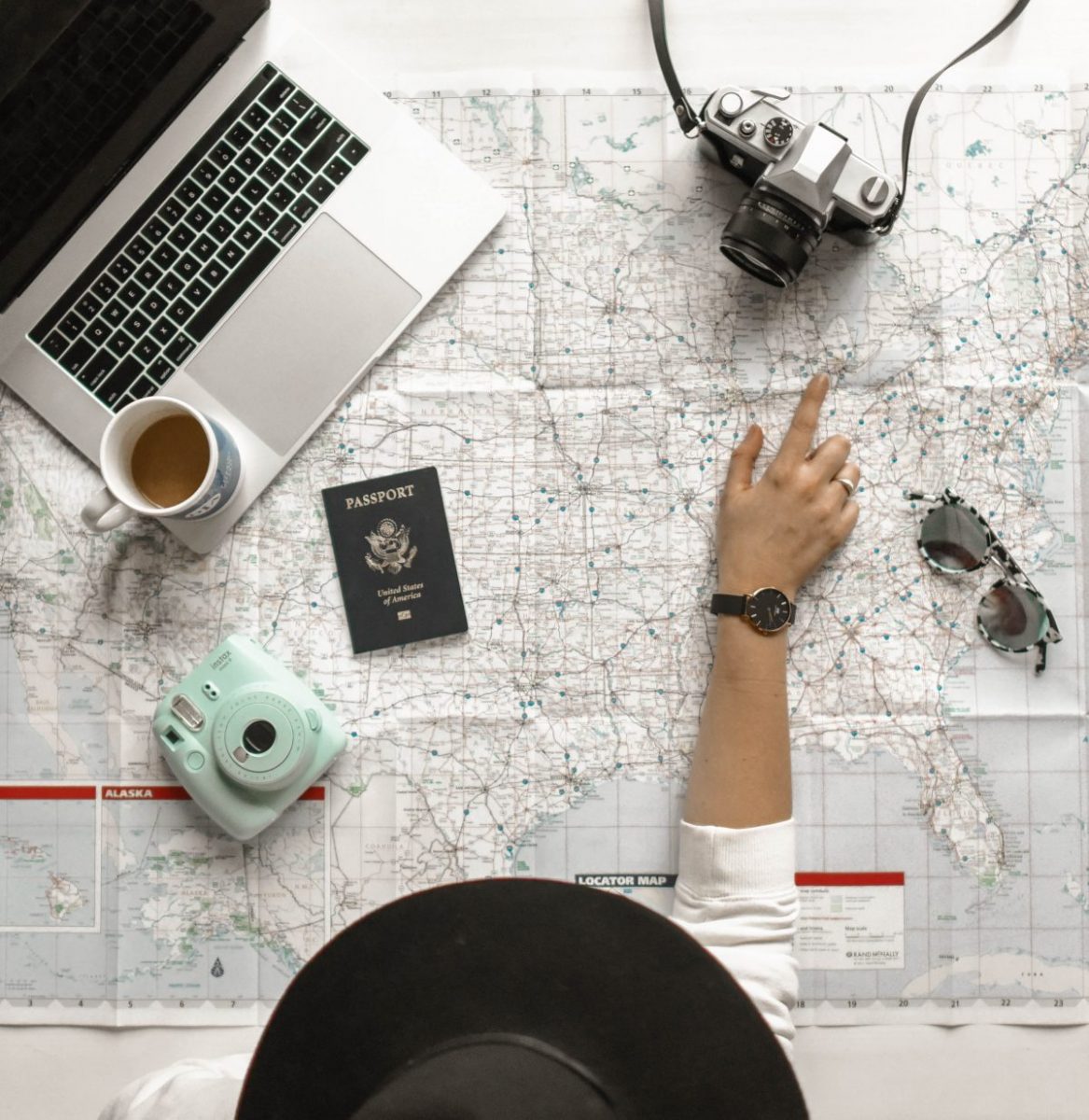“To travel is to make a journey, a movement through space. Possibly this journey is epic in scale, taking the traveller to the other side of the world or across a continent, or up a mountain; possibly, it is more modest in scope, and takes place within the limits of the traveller’s own country or region, or even just their immediate locality. Either way, to begin any journey or, indeed, simply to set foot beyond one’s own front door, is quickly to encounter difference and otherness. All journeys are in this way a confrontation with, or more optimistically a negotiation of, what is sometimes termed alterity.” (Thompson, 9, emphasis in the original)
English literature is not surprisingly full of journeys. Great Britain is an island and starting from the first invasions the life on British soil has always been connected to overseas voyage, as Paxman stated in The English: a portrait of a people.
Since travelling is one of the most common wishes among students, why not focus on travel writing in English literature from Daniel Defoe to contemporary writers? And if there’s the need for combining language and literature it is possible to ask students to write travelogues or to make travel video guides to help them improve their communication skills.
LESSON PLAN IDEAS
a) HISTORY OF TRAVEL WRITING
“To be honest, I view all stories as journeys. Journeys are the essential text of the human experience—the journey from birth to death, from innocence to wisdom, from ignorance to knowledge, from where we start to where we end. There is almost no piece of important writing—the Bible, the Odyssey, Chaucer, Ulysses—that isn’t explicitly or implicitly the story of a journey. Even when I don’t actually go anywhere for a particular story, the way I report is to immerse myself in something I usually know very little about, and what I experience is the journey toward a grasp of what I’ve seen.” (Susan Orlean, Introduction to My Kind of Place: Travel Stories from a Woman Who’s Been Everywhere. Random House, 2004)
As Susan Orlean suggests every story can be considered travel writing. Start with Beowulf (or together with Italian teachers from Odyssey) and Chaucer to continue with the rise of the novel and Daniel Defoe.
You can compare the real Robinson Crusoe (Alexander Selkirk) and the novel and then you can also speak about the social and historical background that led to the first travel writing in English Literature.
Jonathan Swift can be a good example to illustrate how to integrate travel writing and satire.
b) CONTEMPORARY TRAVEL WRITING
“Freed from strictly chronological, fact-driven narratives, nearly all contemporary travel writers include their own dreams and memories of childhood as well as chunks of historical data and synopses of other travel books. Self reflexivity and instability, both as theme and style, offer the writer a way to show the effects of his or her own presence in a foreign country and to expose the arbitrariness of truth and the absence of norms.” (Casey Blanton, Travel Writing: The Self and the World. Routledge, 2002)
Conventions and features might change but the core characteristics of travel writing are always the same. Comparing old and new travel writing is a great way to teach literature going beyond chronological order. Here you find some ideas related to contemporary travel writing.
1- The Devil’s Cup: A History of the World According to Coffee, Stewart Lee Allen – History of the world through the journey of a coffee bean. It’s a good book with the possibility of many links with history, food science (for Istituti Alberghieri) and geography.
2- The Long Walk: The True Story Of A Trek To Freedom, Slavomir Rawicz – The true story of seven prisoners who escaped from Siberia and walked through China, the Gobi Desert, Tibet, and over the Himalayas to India.
3- The hundred foot journey, Richard C. Morais – A novel where travel writing, multiculturalism, friendship and prejudice coexist in a harmonious and touching story.
c) INTEGRATING LANGUAGE AND LITERATURE
Travelogue writing: ask your students to write a travelogue starting from an experience they had abroad or in a different city from the one in which they live.
Visual storytelling (recommended for lower levels): ask your students to speak about an interesting journey/holiday they had starting from 5 pictures they’ve taken. You can ask them to speak for 1 minute per picture or to write 1 paragraph per picture depending on what you want to focus on.
Travel video guide (recommended for public speaking): ask you students to make a video while on holiday as if they were tourist guides.


